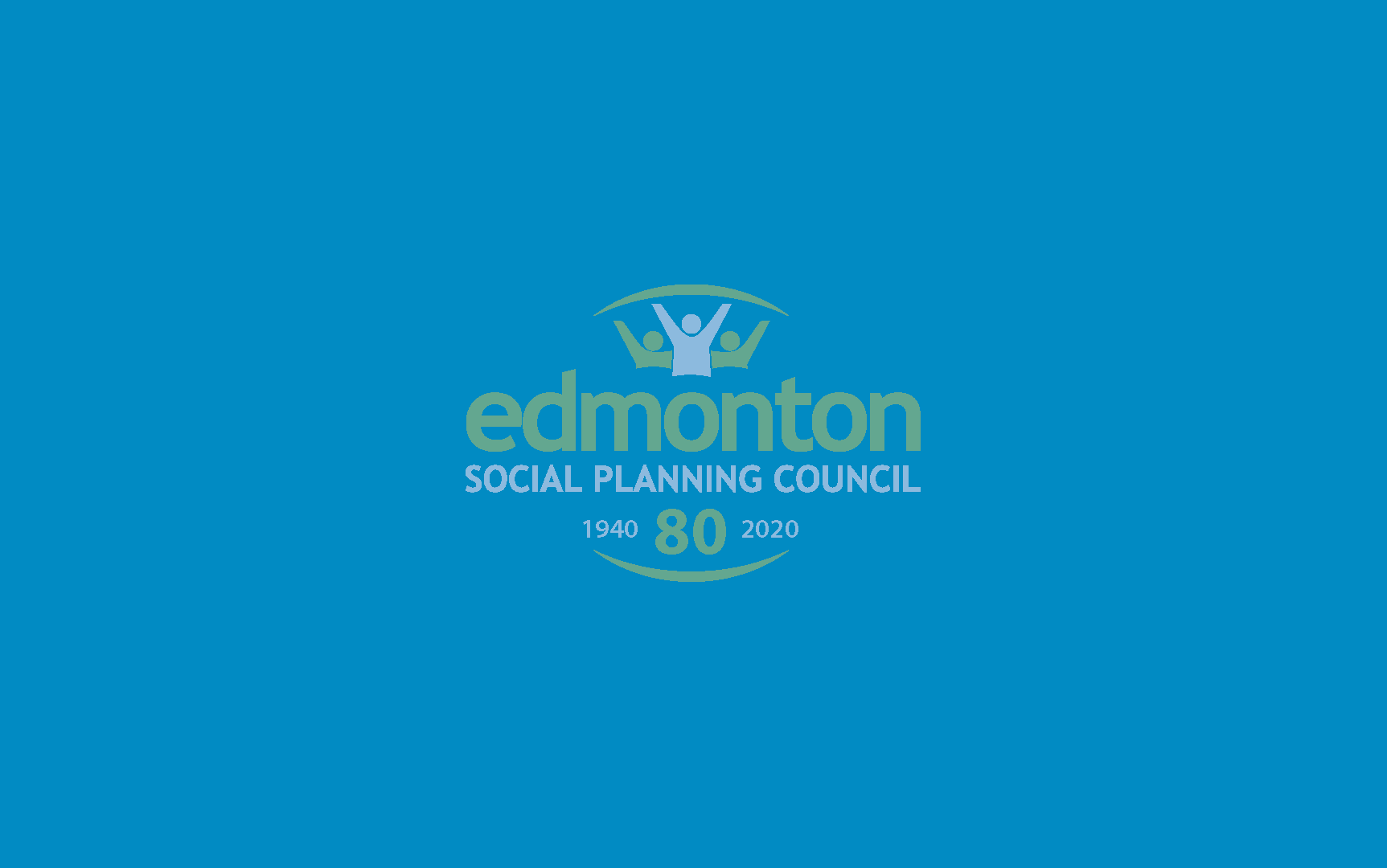[et_pb_section fb_built=”1″ _builder_version=”4.7.0″ custom_margin=”0px||0px||false|false” custom_padding=”0px||0px||false|false”][et_pb_row column_structure=”3_4,1_4″ use_custom_gutter=”on” gutter_width=”1″ _builder_version=”4.7.3″ _module_preset=”default” width=”100%” custom_margin=”0px||||false|false” custom_padding=”3px||5px|||” border_width_bottom=”1px” border_color_bottom=”#a6c942″][et_pb_column type=”3_4″ _builder_version=”4.7.0″ _module_preset=”default”][et_pb_post_title meta=”off” featured_image=”off” _builder_version=”4.7.4″ _module_preset=”default” title_font=”||||||||” custom_margin=”||3px|||” border_color_bottom=”#a6c942″][/et_pb_post_title][/et_pb_column][et_pb_column type=”1_4″ _builder_version=”4.7.0″ _module_preset=”default”][et_pb_image src=”https://edmontonsocialplanning.ca/wp-content/uploads/2020/12/COLOUR-BLOCKS_spaced-300×51.png” title_text=”COLOUR BLOCKS_spaced” align=”center” _builder_version=”4.7.7″ _module_preset=”default” max_width=”100%” module_alignment=”center” max_height=”50px” custom_margin=”0px|0px|0px|0px|false|false” custom_padding=”10px|0px|10px|0px|false|false”][/et_pb_image][/et_pb_column][/et_pb_row][et_pb_row column_structure=”3_4,1_4″ use_custom_gutter=”on” gutter_width=”1″ make_equal=”on” _builder_version=”4.7.4″ background_size=”initial” background_position=”top_left” background_repeat=”repeat” width=”100%” custom_margin=”0px|auto|0px|auto|false|false” custom_padding=”37px|0px|44px|0px|false|false”][et_pb_column type=”3_4″ _builder_version=”4.5.6″ custom_padding=”0px|0px|0px|0px|false|false” custom_padding__hover=”|||”][et_pb_text _builder_version=”4.7.4″ _dynamic_attributes=”content” _module_preset=”default” text_font=”||||||||” text_text_color=”#000000″ custom_padding=”||32px|||”]@ET-DC@eyJkeW5hbWljIjp0cnVlLCJjb250ZW50IjoicG9zdF9kYXRlIiwic2V0dGluZ3MiOnsiYmVmb3JlIjoiIiwiYWZ0ZXIiOiIiLCJkYXRlX2Zvcm1hdCI6ImRlZmF1bHQiLCJjdXN0b21fZGF0ZV9mb3JtYXQiOiIifX0=@[/et_pb_text][et_pb_button button_url=”https://edmontonsocialplanning.ca/wp-content/uploads/2020/11/fACTsheet-Basic-Income.pdf” button_text=”Download the Basic Income fACT Sheet (PDF)” _builder_version=”4.7.4″ _module_preset=”default” custom_button=”on” button_text_color=”#ffffff” button_bg_color=”#008ac1″ custom_margin=”||19px|||” custom_padding=”||5px|||”][/et_pb_button][et_pb_text _builder_version=”4.7.4″ text_line_height=”1.6em” header_2_font=”||||||||” header_2_text_color=”#008ac1″ header_2_font_size=”24px” background_size=”initial” background_position=”top_left” background_repeat=”repeat” text_orientation=”justified” width=”95%” module_alignment=”left” custom_margin=”44px|0px|2px|-96px|false|false” locked=”off”]
Introduction
The COVID-19 pandemic and the ensuing economic downturn took hold in Canada starting in March 2020, exacerbated inefficiencies in Canada’s social safety net. The federal government, to its credit, worked quickly to deliver emergency relief to millions of Canadians who found themselves suddenly jobless or furloughed. Nevertheless, this moment inspired renewed conversations on the need for a basic income as a measure to insure financial security and stability for Canadians so that sudden shocks to the economy (such as global oil price stability) can be better weathered.
This fACT Sheet will provide an overview of basic income—highlighting examples of where it has been tried, outlining its potential benefits, and identifying areas of concern that should be taken into account when designing a program of this nature.
What is a Basic Income?
At its core, basic income refers to a government program that provides a certain sum of money to a country’s (or a certain geographic region’s) citizens with no strings attached. The funds are intended to provide a guaranteed income so that people are able to afford the basic needs to help them thrive (e.g. food, clothing, shelter, medicine, transportation, and community participation).
A number of terms have been used to describe the concept, which include universal basic income, guaranteed annual income, guaranteed livable income, minimum income, and negative income tax, among others. While they all describe more or less the same concept, there are variations in how a basic income could be rolled out, depending on how the program is designed.
In one scenario, a basic income could reach every citizen regardless of income, who would be given an equal amount of money—rich, poor, or in between (tax claw backs may apply). Other variations of the program would give those with the lowest incomes the maximum amount of money which would be gradually reduced as a person’s income level rises. Alternately, a basic income could be targeted exclusively to those living below the poverty line. Frequency of payments are typically calculated monthly or annually, depending on the program’s design.
Where in the World Has it Been Tried?
Basic income has been tried as a pilot program for a limited duration in various countries around the world. These experimental trials have attempted to gather data on the impact of a basic income to help inform how it could be implemented on a wider scale—assuming the results are in line with the program’s intended policy goal. Most have been conducted by governments, while a few have been administered by non-profits or private enterprises.
Notable examples of trial locations—be it historically, currently, or with aspirations to implement it in the near future—include the following:
Canada
The biggest basic income experiment conducted in Canada was in Dauphin, Manitoba called “Mincome.” It ran from 1974 to 1979 with the aim to address rural poverty. About one-third of the town’s residents received a guaranteed annual income equivalent to $16,000 (figure adjusted for inflation). The experiment was abandoned when the federal and provincial government felt supporting the trial was no longer viable.
In 2017, Ontario revived the idea and ran a basic income pilot project in three cities: Hamilton, Lindsay, and Thunder Bay. It was meant to help 4,000 people in low-income and continue for three years. However, a change in government resulted in the cancellation of the project after only one year due to concerns that it would disincentive participants from working.
Proposals for a possible basic income program are currently being explored in Newfoundland & Labrador, Nunavut, and Prince Edward Island.
United States
There has been steady interest and experiments in basic income trials conducted across the U.S.—past and present.
Notably, there are two locations with a permanent basic income program. Since 1982, Alaska has provided an annual dividend to each citizen under the Alaska Permanent Fund, which is financed by oil revenues. The amount given fluctuates depending on the price of oil, but is usually between $1,000 to $2,000 USD. In North Carolina, members of the Eastern Band of Cherokee Indians receive a portion of the revenue from their Casino Dividend with an average of $4,000 to $6,000 USD per person each year since 1997.
Historically, there were experiments with negative income tax programs (which provides a cash grant to those below a certain income level) to about 7,500 people across New Jersey, Pennsylvania, Iowa, North Carolina, Seattle, Denver, and Gary, Indiana between 1968 and 1974.
Currently, Stockton, California is nearing the end of an 18-month trial (finishing in January 2021), which has given $500 USD per month to 125 people. This model is being replicated through a coalition group, Mayors for a Guaranteed Income, comprising leaders from 25 cities that are advocating for a basic income and building support to implement pilot programs of their own.
Variations of the basic income concept are also being implemented for specific segments of the population, including a basic income program for artists out of work during COVID-19 in San Francisco and Long Beach, California as well as youth aging out of the foster care system in Santa Clara County, California.
Brazil
In 2020, 52,000 people in the city of Maricá have received 130 reais ($31 CAD) per month under the Renda Basica de Cidadania (Citizens’ Basic Income) program, which is expected to lift many above the poverty line. There is no end date.
Finland
In 2017, the Finnish government began a basic income trial directed at 2,000 unemployed citizens, chosen at random, which provided them with 560 euros ($865 CAD) per month for two years. They were assured continued income support even if they got a job.
Germany
In August 2020, Germany started a new basic income experiment with funding collected by the non-profit Mein Grundeinkommen from private donors. The experiment will give 120 people 1,200 euros ($1,855 CAD) per month for three years. Participants will fill out questionnaires to indicate how the benefit has affected their emotional well-being, home life, and work life. These responses will be compared to a control group who will not be receiving income support.
Spain
In response to the COVID-19 pandemic, the Spanish government launched a basic income program in June 2020 offering payments of up to 1,015 euros ($1570 CAD) to the poorest families in the country, about 850,000 households. The aim is to continue the initiative indefinitely.
What are the Benefits of a Basic Income?
The challenge with measuring the impacts of a basic income is having enough data to quantify impact on the standard of living and quality of life for participants. Since the vast majority of basic income programs have been pilot projects targeted towards a limited sample size for a short period of time, it is difficult to know what the long-term impacts would be.
Nevertheless, some of the findings from these programs suggest a strong potential for a basic income program to be an integral part of a robust social safety net. Participants have reported improvements in mental and physical health, food security, educational outcomes, employment prospects, housing security, fewer addictions, and an overall increased level of happiness and less stress. Basic income has also given individuals and families the ability to volunteer and get more involved in their community or provide care to a family member. These pilot projects have shown the potential to enable more entrepreneurship, with recipients more comfortable taking risks and start a business or take on other projects.
Considerations for Implementing a Program
In addition to being a malignant and persistent problem in our society, poverty is also quite costly. In Alberta alone, poverty costs between $7.1 to $9.5 billion per year for issues tied to health, justice, and social services.
Investing in programs that benefit the lives individuals and families in low-income can ease the burden on these services. For instance, investing $1 in the first few years can save up to $9 in later costs to the health and criminal justice systems. This kind of return supports the case for a basic income program in Canada—though costly to implement in the beginning, governments would see long-term savings.
According to the University of Calgary’s School of Public Policy, a basic income program in Alberta would cost around $5.3 billion to implement, while a combined federal-provincial program would cost approximately $6.1 billion.
Final Reflections
In principle, a basic income program has a lot of potential as a tool for poverty reduction and to build a stronger and more inclusive economy. However, the design of the program and its integration with existing government programs (whether it would replace any existing social programs?) is a pivotal and ongoing conversation. Any implementation and revision to policy must consider the best available evidence from pilot projects – past, present, and future – as they become more established worldwide.
[/et_pb_text][/et_pb_column][et_pb_column type=”1_4″ _builder_version=”4.7.4″ custom_padding=”0px|20px|0px|20px|false|false” border_color_left=”#a6c942″ custom_padding__hover=”|||”][et_pb_testimonial author=”Posted by:” job_title=”@ET-DC@eyJkeW5hbWljIjp0cnVlLCJjb250ZW50IjoicG9zdF9hdXRob3IiLCJzZXR0aW5ncyI6eyJiZWZvcmUiOiIiLCJhZnRlciI6IiIsIm5hbWVfZm9ybWF0IjoiZGlzcGxheV9uYW1lIiwibGluayI6Im9uIiwibGlua19kZXN0aW5hdGlvbiI6ImF1dGhvcl93ZWJzaXRlIn19@” portrait_url=”@ET-DC@eyJkeW5hbWljIjp0cnVlLCJjb250ZW50IjoicG9zdF9hdXRob3JfcHJvZmlsZV9waWN0dXJlIiwic2V0dGluZ3MiOnt9fQ==@” quote_icon=”off” disabled_on=”on|off|off” _builder_version=”4.7.4″ _dynamic_attributes=”job_title,portrait_url” _module_preset=”default” body_text_color=”#000000″ author_font=”||||||||” author_text_align=”center” author_text_color=”#008ac1″ position_font=”||||||||” position_text_color=”#000000″ company_text_color=”#000000″ background_color=”#ffffff” text_orientation=”center” module_alignment=”center” custom_margin=”0px|0px|4px|0px|false|false” custom_padding=”32px|0px|0px|0px|false|false”][/et_pb_testimonial][et_pb_text disabled_on=”on|off|off” _builder_version=”4.7.4″ _dynamic_attributes=”content” _module_preset=”default” text_text_color=”#000000″ header_text_align=”left” header_text_color=”rgba(0,0,0,0.65)” header_font_size=”20px” text_orientation=”center” custom_margin=”||50px|||” custom_padding=”48px|||||”]@ET-DC@eyJkeW5hbWljIjp0cnVlLCJjb250ZW50IjoicG9zdF9jYXRlZ29yaWVzIiwic2V0dGluZ3MiOnsiYmVmb3JlIjoiUmVsYXRlZCBjYXRlZ29yaWVzOiAgIiwiYWZ0ZXIiOiIiLCJsaW5rX3RvX3Rlcm1fcGFnZSI6Im9uIiwic2VwYXJhdG9yIjoiIHwgIiwiY2F0ZWdvcnlfdHlwZSI6ImNhdGVnb3J5In19@[/et_pb_text][/et_pb_column][/et_pb_row][/et_pb_section]




